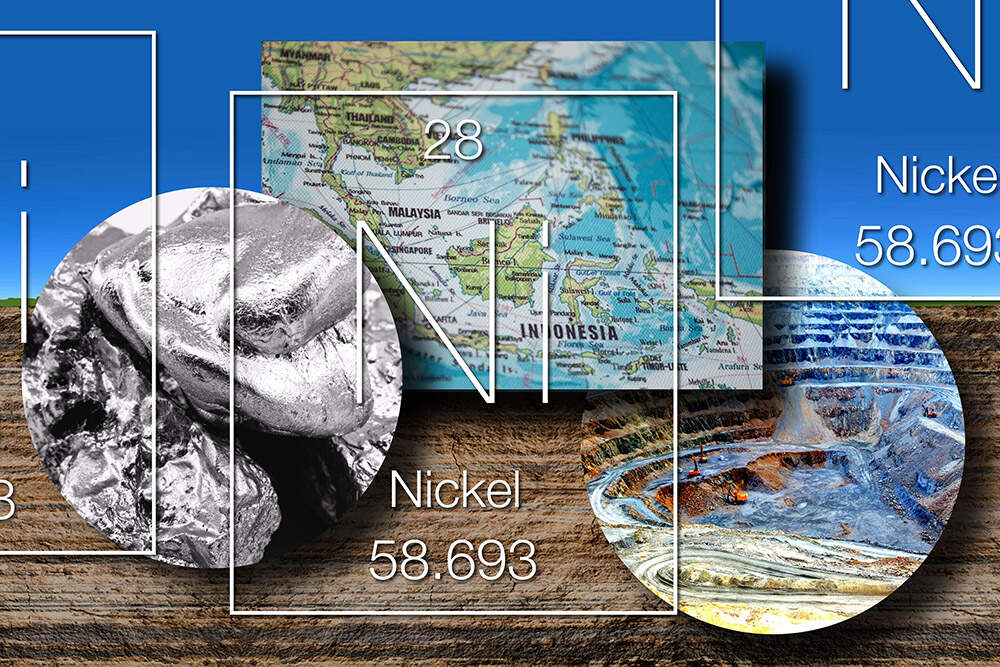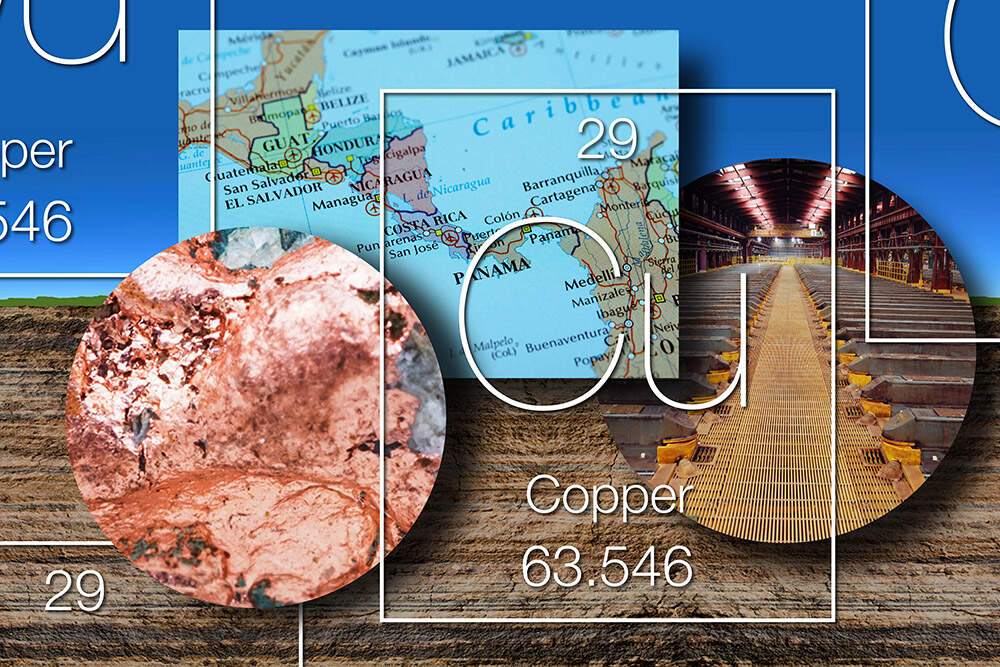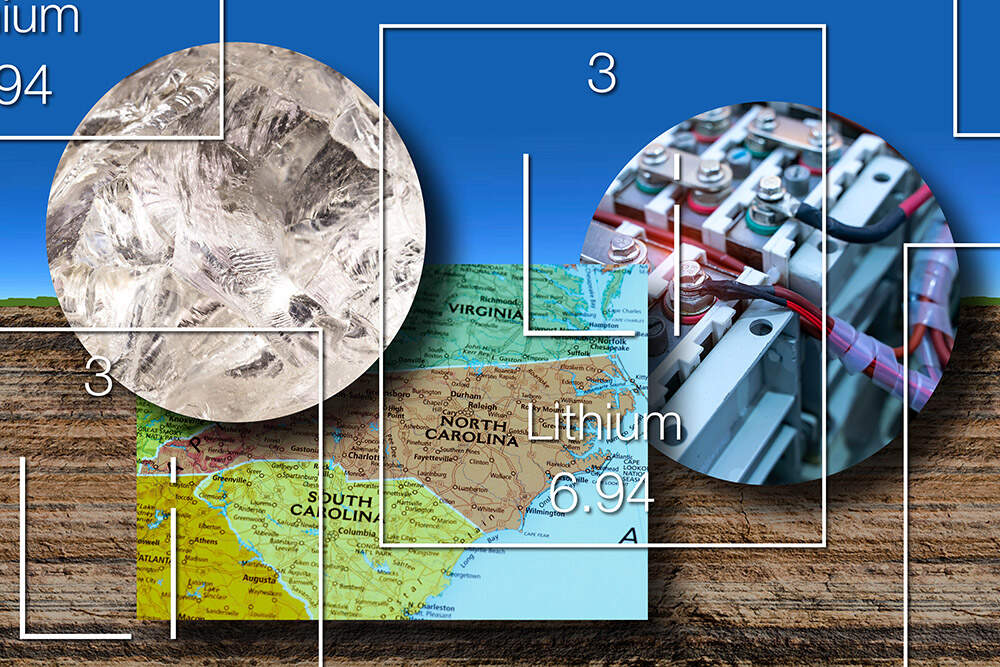Killing barred owls to save northern spotted owls: Rethinking American wildlife conservation
Digest
This podcast delves into the history of the spotted owl and its connection to the Timber Wars of the 1980s and 1990s, highlighting the conflict between logging communities and environmentalists over the preservation of old-growth forests. It then focuses on the emergence of the barred owl as an invasive species in the Pacific Northwest and its impact on the spotted owl population, discussing the decline of spotted owls and the scientific evidence supporting the barred owl's role in this decline. The podcast introduces the U.S. Fish and Wildlife Service's controversial plan to cull almost half a million barred owls over the next 30 years to protect the spotted owl, exploring the rationale behind the plan and the potential consequences of inaction. It delves into the broader question of whether current conservation models are adequate, examining the need for new paradigms that address the complex challenges of ecosystem management and species preservation. The podcast explores the ethical implications of the barred owl culling plan, examining the moral complexities of choosing one species over another and the role of human intervention in shaping ecosystems. It features an interview with Mark Higley, a wildlife biologist at the Hupa Valley Reservation, who shares his experiences and perspectives on the effectiveness of the culling program. The podcast discusses the potential for a perpetual cycle of barred owl culling if habitat expansion is not a viable option, exploring the question of whether conservation efforts that rely on continuous killing are truly effective. It examines the limitations of the Endangered Species Act and proposes the creation of an Endangered Ecosystems Act, arguing for a shift in focus from individual species to the functioning of entire ecosystems. The podcast concludes by exploring the concept of moral consistency in conservation, emphasizing the interconnectedness of humans and nature and the need for responsible stewardship of ecosystems.
Outlines

Introduction and Sponsor Announcement
This segment introduces the podcast and its sponsor, the Atlantic Festival.

The Spotted Owl and the Timber Wars
This chapter delves into the history of the spotted owl and its connection to the Timber Wars of the 1980s and 1990s. It highlights the conflict between logging communities and environmentalists over the preservation of old-growth forests.

The Rise of the Barred Owl and its Impact on the Spotted Owl
This chapter focuses on the emergence of the barred owl as an invasive species in the Pacific Northwest and its impact on the spotted owl population. It discusses the decline of spotted owls and the scientific evidence supporting the barred owl's role in this decline.

The Barred Owl Management Plan and its Controversies
This chapter introduces the U.S. Fish and Wildlife Service's controversial plan to cull almost half a million barred owls over the next 30 years to protect the spotted owl. It explores the rationale behind the plan and the potential consequences of inaction.

Rethinking Conservation Models
This chapter delves into the broader question of whether current conservation models are adequate. It examines the need for new paradigms that address the complex challenges of ecosystem management and species preservation.

The Ethical Implications of Culling
This chapter explores the ethical implications of the barred owl culling plan. It examines the moral complexities of choosing one species over another and the role of human intervention in shaping ecosystems.
Keywords
Barred Owl
A large, brown owl native to the eastern United States that has become an invasive species in the Pacific Northwest, competing with the spotted owl for habitat and resources.
Spotted Owl
A medium-sized, dark brown owl native to the Pacific Northwest, listed as a threatened species due to habitat loss and competition from the barred owl.
Invasive Species
A species that is not native to a particular ecosystem and whose introduction causes harm to the native species or environment.
Endangered Species Act
A U.S. law that protects threatened and endangered species by regulating activities that could harm them, including habitat destruction and poaching.
Ecosystem Collapse
A significant decline in the biodiversity and functioning of an ecosystem, often caused by human activities such as habitat loss, pollution, and invasive species.
Carbon Sequestration
The process of capturing and storing atmospheric carbon dioxide in plants, soils, and oceans, playing a crucial role in mitigating climate change.
Old-Growth Forest
A forest that has reached a mature stage of development, characterized by large, old trees, diverse plant and animal life, and complex ecological interactions.
Timber Wars
A period of intense conflict in the 1980s and 1990s between logging communities and environmentalists over the preservation of old-growth forests in the Pacific Northwest.
Conservation Paradigm
A set of beliefs, values, and practices that guide conservation efforts, shaping how we understand and manage ecosystems and species.
Q&A
What is the U.S. Fish and Wildlife Service's plan to protect the spotted owl?
The plan involves culling almost half a million barred owls over the next 30 years to reduce pressure on the spotted owl population.
What are the arguments against the barred owl culling plan?
Critics argue that the plan is a dystopian rearguard strategy that relies on endless killing and fails to address the underlying causes of ecosystem change. They also question the effectiveness of the plan and its long-term implications.
What are the potential consequences of inaction regarding the barred owl?
If barred owls are left unmanaged, the spotted owl is likely to go extinct. This could have cascading effects on the entire Pacific Northwest ecosystem, disrupting prey populations and altering forest dynamics.
What are some alternative approaches to conservation that could address the challenges posed by the barred owl?
Some experts advocate for an Endangered Ecosystems Act that focuses on protecting ecosystem functioning, such as carbon sequestration, rather than individual species. They also suggest exploring new technologies and management strategies, such as barred owl birth control, to address the problem in a less drastic way.
What are the ethical implications of the barred owl culling plan?
The plan raises complex moral questions about the role of humans in shaping ecosystems and the responsibility we have to protect both native and invasive species. It also highlights the challenges of balancing competing interests and making difficult choices in the face of ecological change.
Show Notes
The Barred Owl is considered “invasive” in the Pacific Northwest and it’s pushing the Northern Spotted Owl to extinction. The U.S. Fish and Wildlife Service has a plan -- kill nearly half a million Barred Owls over the next 30 years.
























